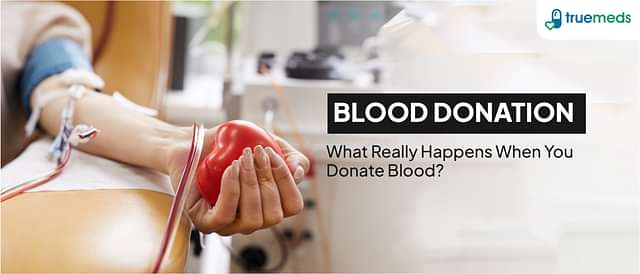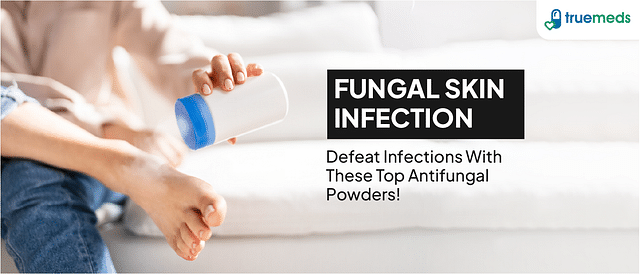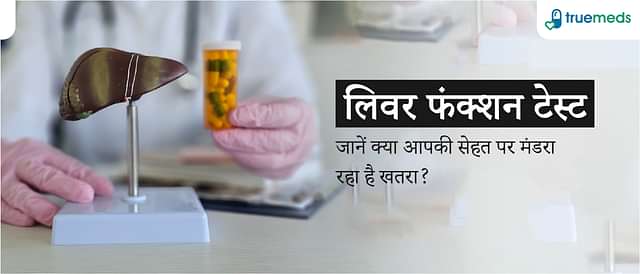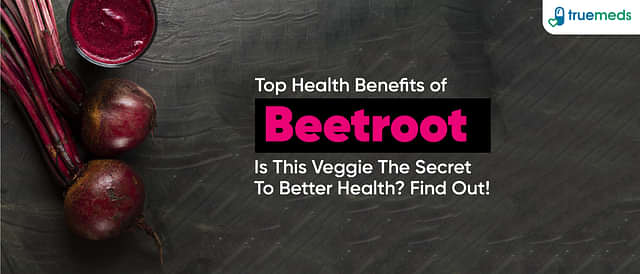Pilonidal Cyst: Overview, Causes, Symptoms, and Treatment
Last updated on : 21 Apr, 2025
Read time : 5 min
What is a pilonidal cyst?
It is a tissue sac with fluid or air in it. This is also known as pilonidal sinus, intergluteal pilonidal disease, or simply pilonidal cysts. In simple terms, they are benign skin growths that develop in the buttock crease.
A few people develop pilonidal cysts yearly, making it a common condition. Often, people are not comfortable discussing it openly, even not with their doctors. A few treatments for it include:
- Cyst drainage.
- Injections.
- Antibiotics.
- Laser treatment.
It is painful and frequently requires hospital treatment. One may suffer from an acute episode of pilonidal cysts or develop chronic pilonidal cysts that reappear over time. Chronic pilonidal cysts may also cause sinus cavities and abscesses and swelling pockets of infection when left untreated (empty spaces underneath the skin).
It was earlier known as “Jeep driver’s disease” because they are more prevalent among those who spend a lot of time sitting. A pilonidal infection results in severe pain, especially when seated. Ingrown hairs are a common symptom, which eventually leads to these cysts.
Symptoms of Pilonidal cyst:
A bulge or an opening in the skin (sinus tract) in the sacrococcygeal area is the only sign of pilonidal disease in some people. When an infection spreads to the cyst, the following pilonidal cyst symptoms appear:
- A pit at the top of the buttocks crease
- Pain
- Skin inflammation and swelling
- Leakage of pus or blood from a wound on the skin
- A smell caused by pus drainage
Causes of Pilonidal cyst:
A specific cause is unknown. However, studies reveal that it is the result of a combination of shifting hormones with age. As it develops after puberty, there is hair growth, friction from clothes, and prolonged sitting.
Friction-inducing activities, such as sitting, cause the hair in that region to regress beneath the skin. Consequently, cysts develop around the hair because of an immunological reaction. In rare cases, people’s sinuses may attach under the skin.
Risk factors for Pilonidal cyst
The chance of developing a pilonidal cyst may be affected by the following
- Presenting as a young adult white male.
- Excessive weight
- A lack of physical activity
- Spending a lot of time sitting
- A body covered with dense, stiff hair
Diagnosis of Pilonidal cyst
It is identified by combining the patient’s responses to the doctor’s questions and a physical examination. Examples of queries a doctor may ask you include
- When did the symptoms start to appear?
- Have you ever had this problem?
- Have you been sick with a fever?
- What medicines or supplements do you take?
Treatment of Pilonidal cyst
The decision to opt for surgery depends on the severity of your symptoms. There are many other additional treatment options available, including the following:
1. Cyst drainage
This surgery may be at the surgeon’s place. An infected cyst is removed with a tiny incision (cut) to allow the fluid to be drained from it.
2. Injections
Mild to severe pilonidal cysts may be treated and prevented using phenol injections, an acidic chemical molecule.
3. Antibiotics
Antibiotics are an effective treatment for inflammation of the skin. However, antibiotics cannot heal pilonidal cysts on their own.
4. Laser treatment
It is possible to prevent recurring pilonidal cyst formation by treating ingrown hairs with laser treatment.
To relieve pain while receiving treatment, apply a warm compress to the sore region to calm your skin. A comfortable inflatable mattress or chair is an excellent supporting technique during treatment.
Prevention of Pilonidal cyst:
Following are the steps required to prevent the occurrence and recurrence of pilonidal cysts. A few steps to take care of the it are as follows:
- Cleaning and drying your buttocks regularly (to keep the area clean).
- Reduce risk by losing weight
- If possible, take frequent breaks from sitting to relieve any stress in the region
- Shave the hair that is surrounding your buttocks (once a week or more)
- Use a hair removal product to further reduce the risk of developing ingrown hairs.
Conclusion:
It is not life-threatening, but it may become chronic and difficult to treat if you take too long to get medical attention. For this reason, if you have any of the symptoms of a pilonidal cyst, you should immediately consult a doctor. Tell your doctor about every problem or symptom you’ve started experiencing.
Your doctor may advise using allopathic medications if you’ve tried these methods lacking effect and they still aren’t alleviating your pilonidal cyst symptoms. You may pick up the medicine your doctor ordered for you at any local drugstore. Otherwise, you may switch to an online pharmacy service like Truemeds if you want home delivery, lucrative discounts, and definitely regular savings on your bill. Truemeds is an online pharmacy that offers substantial discounts (up to 72%) and doorstep delivery on all prescription medicine orders placed by its customers.
Disclaimer
Our healthcare experts have carefully reviewed and compiled the information presented here to ensure accuracy and trustworthiness. It is important to note that this information serves as a general overview of the topic and is for informational purposes only. It is not intended to diagnose, prevent, or cure any health problem. This page does not establish a doctor-patient relationship, nor does it replace the advice or consultation of a registered medical practitioner. We recommend seeking guidance from your registered medical practitioner for any questions or concerns regarding your medical condition.
Popular Articles
Recommended Articles
Recent Articles
Company
About UsHealth ArticleHealth StoriesDiseases & Health ConditionsAyurvedaAll MedicinesAll BrandsNeed HelpFAQSubscribe
Registered Office Address
Grievance Officer
Download Truemeds

Contact Us
Our customer representative team is available 7 days a week from 9 am - 9 pm.
v4.0.0
2025 - Truemeds | All rights reserved. Our content is for informational purposes only. See additional information.
Our Payment Partners













































